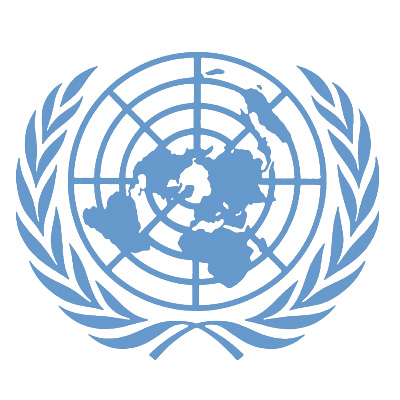The UN provides the main global political frame. It sounds easy when I say it like that, but is is infinitely complicated. This little post has the ambition of giving both myself and readers of Science2.0 an overview of the conglomerate of UN bodies and projects that shape the discussions on the environment - also within science.
 The UN itself has acknowledged the complexity of their organization of their different environmental activities and have subsequently made a short and sweet presentation of it; The UN environment DNA (click on image to go to their DNA page)
The UN itself has acknowledged the complexity of their organization of their different environmental activities and have subsequently made a short and sweet presentation of it; The UN environment DNA (click on image to go to their DNA page).
However, this does not suffice for me. I also need a bit of history and particularly I need to know how Earth observation and science entered the stage.
As a Norwegian I feel I have a special connection with the UN. Not only was the first Secretary General Trygve Lie Norwegian, but our grand lady of politics, Gro Harlem Brundtland, has been given credit for introducing the term 'sustainable development'. She led the World Commission on Environment and Development (WCED), later named Brundtland-Commission that was established in 1983 and in 1987 she handed over the Commission's report 'Brundtland Report' or 'Our common future'. From then on we have been talking about sustainable development which is defined as follows:
"Sustainable development is development that meets the needs of the present without compromising the ability of future generations to meet their own needs. It contains within it two key concepts:
* the concept of 'needs', in particular the essential needs of the world's poor, to which overriding priority should be given; and
* the idea of limitations imposed by the state of technology and social organization on the environment's ability to meet present and future needs."
The report resulted in the first Earth Summit in 1992 (Rio de Janeiro, Brazil) which concluded with the Agenda 21, including the Rio Declaration on Environment and Development. Another result of the report was the establishment of the Commission on Sustainable Development who's role is to monitor the progress of implementing Agenda 21. Statement of principles for the Sustainable Management of Forests was another outcome of the first Earth Summit (formal name of the summit is United Nation Conference on Environment and Development - UNCED)
World Summit on Sustainable Development (WSSD) was the follow up of the 1992 Rio meeting and was held 10 years later in 2002 in Johannesburg, South-Africa. In short the major outcome of this meeting was a reinforcement of Agenda 21 with a few adds. Science and Earth observation was underlined as important for implementing Agenda 21. In response to the Johannesburg outcome, the Group of Earth observations was created. The first Earth Observation Summit was held in Washington DC in 2003.
The next summit will again be held in Brazil in 2012 and currently it is named simply Rio+20 or United Nations Conference on Sustainable Development - UNCSD 2012. The objectives are agreed up already and are as follows:
- securing renewed political commitment to sustainable development
- assessing the progress and implementation gaps in meeting already agreed commitments
- addressing new and emerging challenges
Next, I will go into somewhat more detail on how science and monitoring (data collection) is handled within UN. (These subsequents posts will be linked in here eventually).
I might revise this text if I find I have missed out on something. The UN is a beast of an organization and not straight forward to figure out. Feel free to add information in comments.





Comments